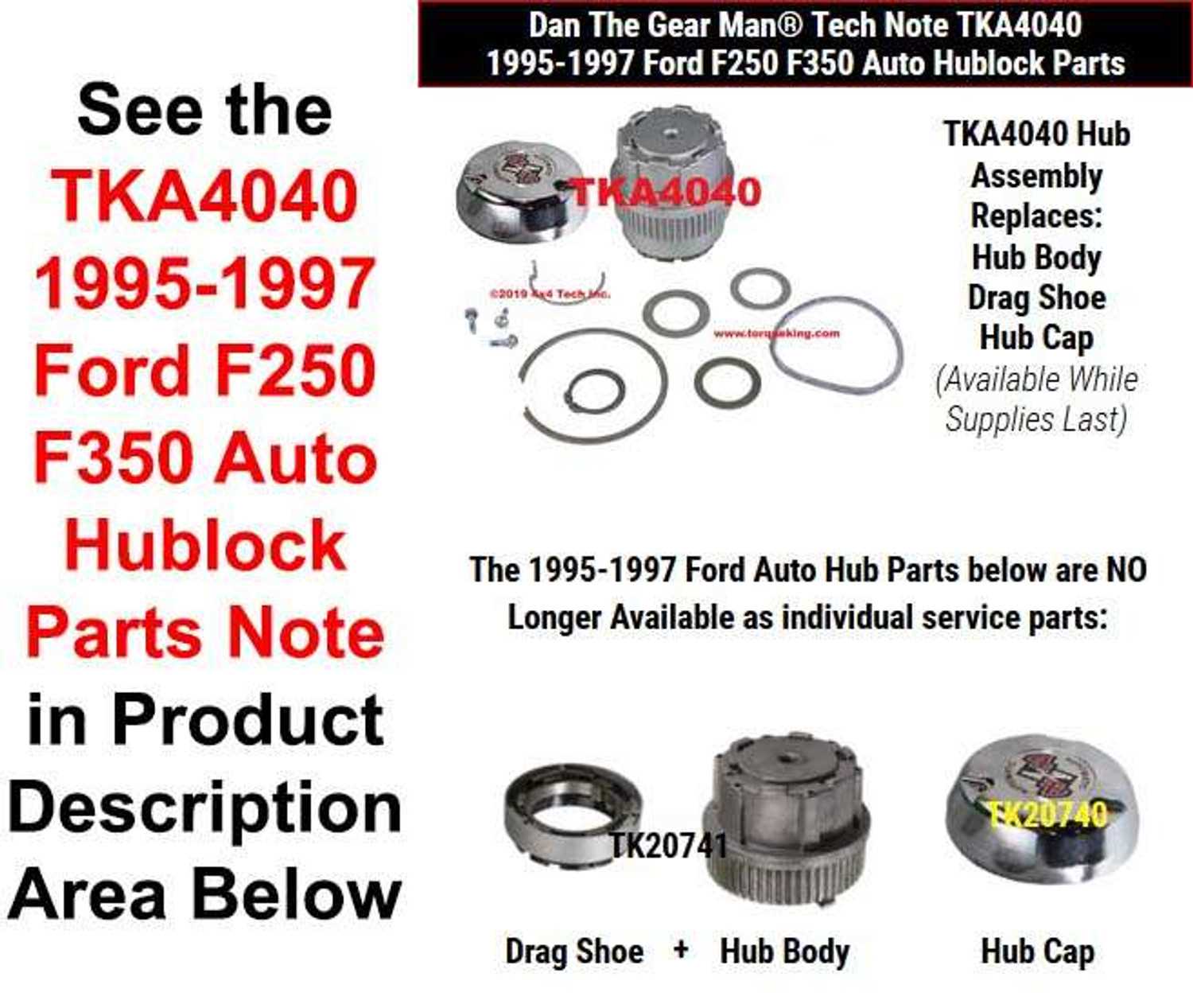
The functionality of a vehicle’s steering and suspension system is critical for maintaining smooth driving and control. A detailed understanding of each element that contributes to this system is essential for both repair and optimization. Whether you’re diagnosing an issue or performing routine maintenance, it’s crucial to recognize the role each component plays in the overall performance.
Identifying and replacing worn-out components can prevent more significant damage and improve driving safety. From shock absorbers to steering linkages, each part needs to be correctly assembled and aligned to ensure a vehicle operates as intended. An in-depth look at these elements will offer a comprehensive view of how they interact to deliver stable handling and responsive steering.
In the sections that follow, we’ll explore the essential pieces that make up the vehicle’s front system, their functions, and common signs of wear. A thorough grasp of these components will empower you to carry out effective repairs or make informed decisions when seeking professional help.
Key Components of the Vehicle’s Steering and Suspension System
The key components that make up the steering and suspension system of a vehicle work together to provide stability, control, and comfort during driving. Understanding the function and placement of each element is essential for proper maintenance and repair. This section focuses on the essential components that contribute to the smooth operation of the vehicle’s front system.
Suspension Elements
The suspension system is responsible for absorbing shocks and ensuring a smooth ride. This system includes key elements such as the shock absorbers, struts, and springs. Shock absorbers help control the movement of the vehicle’s springs and prevent excessive bouncing. Springs, on the other hand, support the vehicle’s weight while allowing flexibility when navigating uneven terrain. These components work together to maintain proper alignment and reduce wear on other parts of the vehicle.
Steering and Linkage System
The steering system is essential for guiding the vehicle in the desired direction. Key components of this system include the steering rack, tie rods, and pitman arm. The steering rack transfers the driver’s input to the wheels, while tie rods connect the rack to the wheel assemblies. The pitman arm serves as a link between the steering box and the steering linkage. Proper maintenance of these parts ensures responsive steering and helps prevent issues such as poor alignment or difficulty in turning.
Understanding the Suspension System
The suspension system plays a vital role in maintaining vehicle stability and comfort. It is responsible for absorbing the shocks caused by uneven road surfaces, ensuring that the driver and passengers experience a smooth ride. A well-functioning suspension system also contributes to steering responsiveness and overall safety, preventing excessive vibrations and maintaining proper wheel alignment.
Key Suspension Components
Several essential components make up the suspension system, each with a specific function to support the vehicle. The coil springs are the primary element, providing the necessary tension and flexibility to absorb impacts. The shock absorbers work in tandem with the springs to dampen the energy created by bumps and dips, minimizing oscillation. Additionally, control arms connect the suspension to the vehicle’s frame, allowing the wheels to move up and down while maintaining proper alignment.
Common Issues and Maintenance
Over time, suspension components can wear out, leading to reduced performance. Signs of wear include excessive bouncing, uneven tire wear, or difficulty in steering. Regular maintenance and inspection of the system can prevent such issues. Replacing worn-out shock absorbers, springs, or control arms ensures that the suspension continues to function effectively, providing optimal comfort and safety on the road.
Key Parts for Steering and Alignment
The steering and alignment system is crucial for maintaining precise control over a vehicle’s direction. The components within this system work together to ensure smooth handling, accurate response to steering input, and even tire wear. Regular maintenance of these parts helps prevent issues such as poor maneuverability, misalignment, and uneven tire damage.
Essential Steering Components
Several key elements are involved in the steering mechanism, including the steering rack, tie rods, and pitman arm. The steering rack is responsible for transferring the driver’s input to the wheels. Tie rods connect the steering rack to the wheel assemblies, enabling the wheels to turn in response to steering adjustments. The pitman arm links the steering box to the rest of the steering system, ensuring coordinated movement between components.
Alignment and Adjustment Parts
Proper alignment ensures that the wheels are positioned correctly for optimal handling and tire longevity. Key components involved in alignment include control arms, ball joints, and camber bolts. Control arms connect the vehicle’s suspension to the chassis, allowing for smooth wheel movement. Ball joints act as pivot points between the steering knuckles and control arms. Camber bolts allow for precise adjustments to the angle of the wheels, ensuring proper alignment and reducing tire wear.